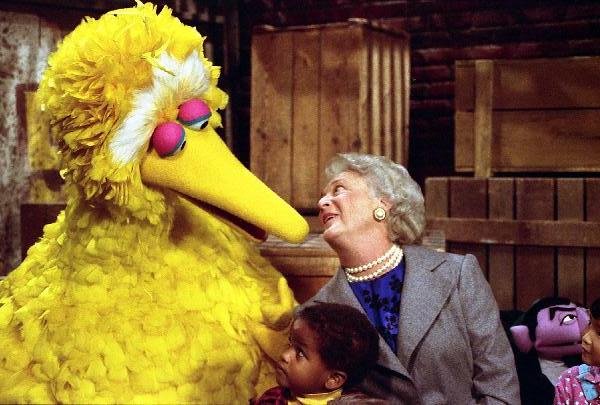Introduction
Sesame Street, the iconic children’s television series, made its debut on November 10, 1969. This groundbreaking show revolutionized children’s media, introducing a unique blend of education and entertainment that captivated young audiences for decades. With its diverse cast of characters and innovative approach to early learning, Sesame Street quickly became a beloved fixture in households across America and around the world.
The Birth of Sesame Street
The idea for Sesame Street was conceived in the late 1960s, as television began to play a larger role in children’s lives. Concerned by the lack of educational programming for young viewers, a team of researchers, educators, and television producers set out to create a show that would engage children while teaching them valuable skills.
With funding from the Carnegie Corporation, the U.S. Office of Education, and the Ford Foundation, Sesame Street was able to bring their vision to life. The show was developed by a talented team of individuals, including Joan Ganz Cooney, who served as the program’s creator and executive producer.
The Premiere
On November 10, 1969, Sesame Street made its highly anticipated premiere on the Public Broadcasting Service (PBS). The first episode introduced viewers to a vibrant and diverse neighborhood, where humans and Muppets lived and learned together.
The show’s format was a mix of live-action segments, animated shorts, and, of course, the beloved Muppet characters. Big Bird, Oscar the Grouch, Bert and Ernie, and Cookie Monster were just a few of the Muppets that quickly became household names.
Educational Content
One of the key aspects of Sesame Street’s success was its ability to seamlessly integrate educational content into its programming. Each episode was carefully crafted to teach children important skills, such as reading, math, and social-emotional development.
The show’s curriculum was developed by a team of educators and child psychologists, ensuring that the content was both engaging and age-appropriate. Through catchy songs, memorable skits, and interactive segments, Sesame Street made learning fun for children of all backgrounds.
Cultural Inclusivity
From its inception, Sesame Street was committed to representing the diversity of its young viewers. The show featured a multicultural cast and tackled important social issues, such as racism, disability awareness, and gender equality.
Characters like Maria, played by Sonia Manzano, and Luis, played by Emilio Delgado, became role models for children from Hispanic backgrounds, while the character of Gordon, played by Matt Robinson and later Roscoe Orman, provided positive representation for African American viewers.
Impact and Legacy
Over the past five decades, Sesame Street has had a profound impact on generations of children. Numerous studies have shown that children who watch the show exhibit higher levels of school readiness and perform better academically.
Additionally, Sesame Street has been praised for its ability to address difficult topics in a sensitive and age-appropriate manner. The show has tackled issues such as divorce, death, and incarceration, providing children with the tools to navigate challenging situations.
Sesame Street’s influence extends beyond the television screen. The show has spawned countless spin-offs, including international versions tailored to specific cultures and languages. The Sesame Workshop, the nonprofit organization behind Sesame Street, has also launched numerous outreach initiatives, including educational resources for parents and caregivers.
Conclusion
As Sesame Street celebrates its 50th anniversary, it continues to captivate and educate children around the world. The show’s commitment to diversity, inclusivity, and quality educational content has made it a beloved and enduring cultural phenomenon. Sesame Street will undoubtedly continue to shape the lives of children for generations to come.

